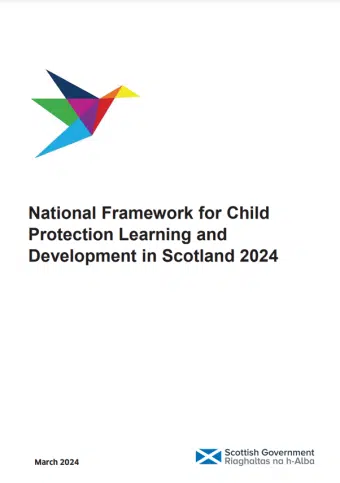The Institute of Health Visiting (iHV), School and Public Health Nurses Association (SAPHNA) and the Association of Directors of Public Health (ADPH), have published a new joint policy position on the safeguarding role of public health 0-19 services.
The statement comes following a significant rise in the number of babies, children and young people needing support for safeguarding issues who fall below the threshold for children’s social care services. To bridge this gap, health visitors and school nurses are increasingly called upon to support children and young people on Child Protection and Child in Need Plans. At the same time, child health is deteriorating, and health inequalities are widening across the nation – with an equally important call for health visitors and school nurses to utilise their specialist public health nursing skills to support the national shift from “sickness to prevention”. Meanwhile, services need to find a way to reconcile these two competing priorities.
The document, published today, highlights the impact this work is having on health visitors’ and school nurses’ capacity to carry out their public health function. It also outlines a number of measures that would support the whole sector to ensure children and families are not only kept safe from harm, but also able to access a wide range of services that promote good health and wellbeing, including:
- Where a baby, child or young person has an identified health need, ensuring that discussions take place between health professionals and social care to determine whether a health professional is most appropriate to take on the role of Lead Practitioner and, if so, who it should be.
- Ensuring that any public health professional’s “duty to cooperate” in child safeguarding, does not interfere with the performance of their own public health functions. In particular, when taking on the Lead Practitioner role in line with Working Together (2023) guidance.
- Providing funding to offset the additional workforce and training costs associated with upskilling the 0-19 public health nursing service to ensure compliance with the Care Law.
- Exploring the option of providing additional health capacity in multi-agency safeguarding hubs.
Commenting on this important policy position, Alison Morton, iHV’s CEO, said:
“Our nation faces two urgent challenges, to improve the state of our children’s health, and safeguard the most vulnerable and those at risk of harm – they both require attention and cannot be ignored. This joint policy position is intended to bring clarity to the roles of health visitors and school nurses as an important part of the solution.
“The new government has committed to shift from ‘sickness to prevention’. This will not happen by chance. It is therefore vital that we have a strong workforce with the capacity to focus on prevention and improve the health of babies, children, young people and families. With significant workforce challenges, Specialist Community Public Health Nurses need to use their skills to maximum effect – to work ‘upstream’ with families to prevent, identify and treat problems before they reach crisis point. By working together across the health and social care system, we can ensure that all children get the support they need – right person, right place, right time!”
Prof Tracy Daszkiewicz, ADPH spokesperson for children and young people, said:
“Safeguarding children and young people is, of course, absolutely essential. However, so too is public health. If we are going to deliver on the Government’s Health and Opportunity Missions, we must be able to focus on prevention and public health approaches so that our children grow up with the skills and tools they need to live happy, healthy, prosperous lives.
“Public health funding, which has seen consistent real-terms cuts over the last decade, pays for 0-19 public health nursing services, but at the moment, a huge number of professionals on the ground are saying they are unable to use their public health expertise as they are so frequently involved in safeguarding. This extra demand on an already stretched service is untenable.
“In order to support and protect our children and young people in the best possible way, the Government must not only recognise the strain these services are under but also commit to a sustained increase in public health funding.”
Sharon White OBE, SAPHNA’s Chief Executive, said:
“Safeguarding is central to the role of school nurses and is a core thread through the Healthy Child Programme. SAPHNA’s position is that school and public health nurses are most effective and impactful when able to use their specialist knowledge and skills at the promotion, prevention, and early intervention end of the safeguarding continuum.
“The cost saving benefit of public health has been shown to have significant returns on investment in the wider health and social care economy. And yet, in SAPHNA’s inaugural survey of School Nurses, The Forgotten Frontline, launched in October 2024, 71% of respondents stated that they have seen an increase in the number of children who they support on child protection plans and 67% noted an increase in children in need plans. 38% of respondents in England indicated that they spent over half of their time supporting children on child protection plans.
“School nurses shared their frustration about the impact that this has on their wider public health role. They felt that they are ‘at the table’ as the ‘health representative’ however are not always best placed to be supporting the child. SAPHNA welcome the clarification that this position policy will offer for both the workforce and partner agencies.”
To cite this report, please use the link to the pdf here: https://bit.ly/3ClNbvE




